Humans
Sign up for our newsletter
We summarize the week's scientific breakthroughs every Thursday.
-
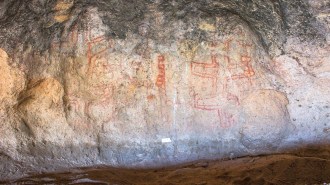 Archaeology
ArchaeologyThese South American cave paintings reveal a surprisingly old tradition
Radiocarbon dates point to an artistic design practice that began in Patagonia almost 8,200 years ago, several millennia earlier than previously recorded.
By Bruce Bower -
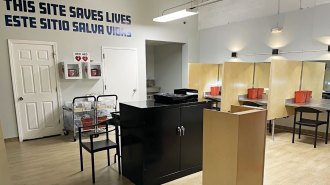 Health & Medicine
Health & MedicineU.S. opioid deaths are out of control. Can safe injection sites help?
A new NIH study will evalute the only two officially sanctioned sites, in New York City, and a future site in Providence, R.I.
By Tara Haelle -
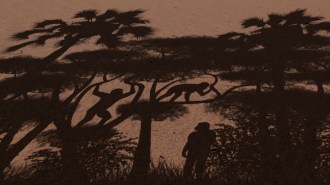 Anthropology
Anthropology50 years ago, evidence showed that an extinct human ancestor walked upright
Fossil finds have since pushed back the ability of hominids to walk on two legs by millions of years.
-
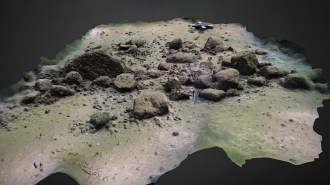 Archaeology
ArchaeologyThis Stone Age wall may have led Eurasian reindeer to their doom
Hunter-gatherers living 10,000 years ago in what is now Germany probably used the wall to trap reindeer in a nearby lake.
By Anna Gibbs -
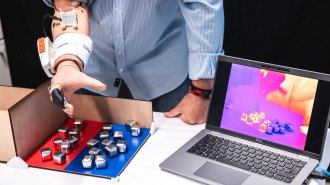 Neuroscience
NeuroscienceA new device let a man sense temperature with his prosthetic hand
A device that can be integrated into prosthetic hands capitalizes on phantom sensations to enable users to sense hot and cold.
By Simon Makin -
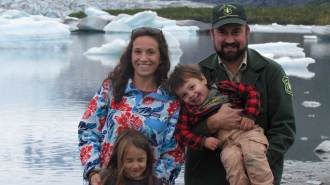 Health & Medicine
Health & MedicineA 25-year-effort uncovers clues to unexplained deaths in children
When Laura Gould’s daughter died in 1997, there was almost no research in unexpected deaths in children older than one. Gould helped change that.
-
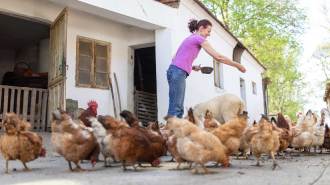 Microbes
MicrobesBird flu viruses may pack tools that help them infect human cells
Bringing along their own ANP32 proteins may give avian flu viruses a jump-start on copying themselves to adapt to and infect humans and other animals.
-
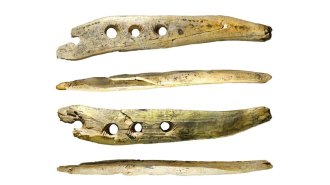 Archaeology
ArchaeologyA four-holed piece of ivory provides a glimpse into ancient rope-making
The tool, unearthed in Central Europe, suggests that locals made devices for stringing together sturdy cords over 35,000 years ago, researchers say.
By Bruce Bower -
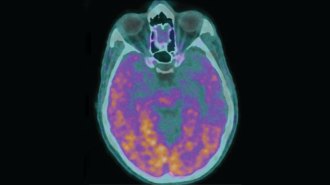 Health & Medicine
Health & MedicineUnder very rare conditions, Alzheimer’s disease may be transmitted
Alzheimer’s isn’t contagious. But contaminated growth hormone injections caused early-onset Alzheimer’s in some recipients, a new study suggests.
-
 Humans
HumansHere’s why COVID-19 isn’t seasonal so far
Human immunity and behavior may be more important than weather for driving seasonality when it comes to COVID-19.
-
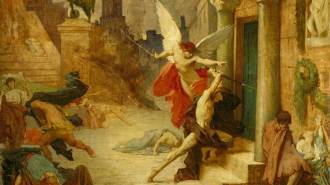 Climate
ClimateCold, dry snaps accompanied three plagues that struck the Roman Empire
New climate data for ancient Italy point to temperature and rainfall influences on past infectious disease outbreaks.
By Bruce Bower -
 Animals
AnimalsWhat parrots can teach us about human intelligence
By studying the brains and behaviors of parrots, scientists hope to learn more about how humanlike intelligence evolves.